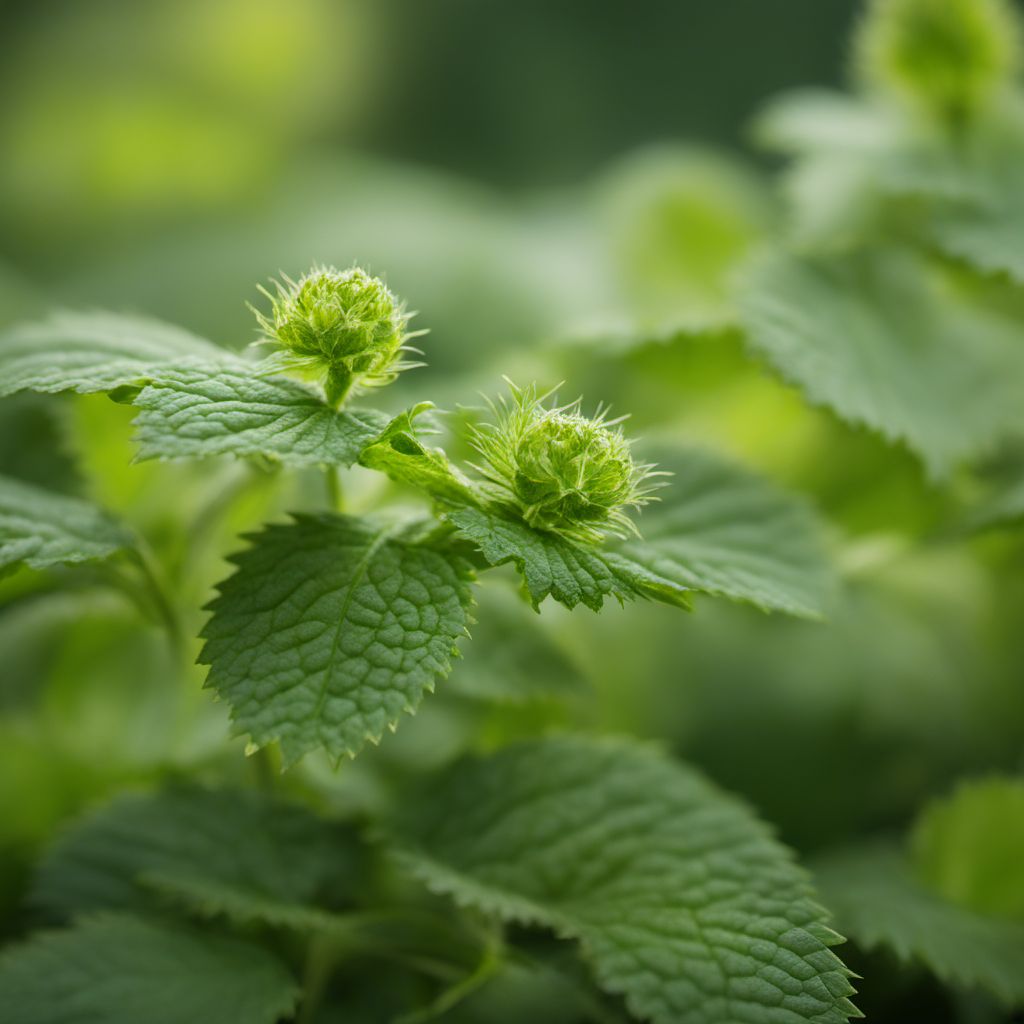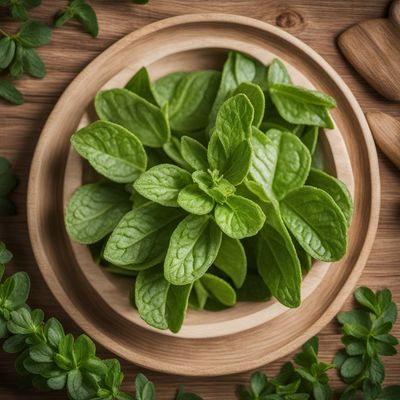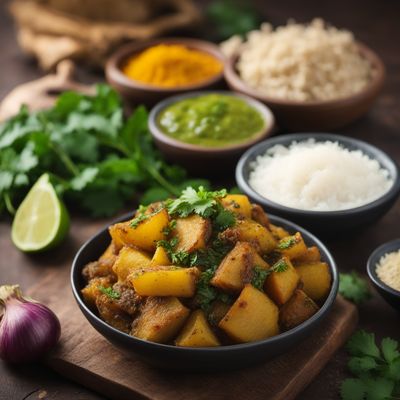
Ingredient
Common nettle
The Nutritional Powerhouse
Common nettle is a perennial plant with serrated leaves that are covered in tiny stinging hairs. Despite its prickly nature, it is highly valued for its nutritional content and unique flavor. When cooked or dried, the stinging hairs are neutralized, allowing the leaves to be used in various dishes. Common nettle has a rich, earthy taste with hints of spinach and a slightly nutty undertone.
Origins and history
Common nettle has a long history of use in traditional medicine and culinary practices. It has been consumed as a food source and used for its medicinal properties in many cultures around the world. Common nettle is native to Europe, Asia, and North Africa, but it can now be found in temperate regions worldwide.
Nutritional information
Common nettle is a nutritional powerhouse, packed with vitamins, minerals, and antioxidants. It is particularly high in iron, calcium, and vitamin C. It is also a good source of fiber and contains beneficial plant compounds that may have anti-inflammatory and diuretic properties.
Allergens
Common nettle may cause an allergic reaction in some individuals, particularly when it comes into contact with the skin. It is advisable to handle the plant with gloves or use dried nettle leaves to avoid any potential skin irritation.
How to select
When selecting common nettle, look for vibrant green leaves that are free from wilting or discoloration. Avoid any plants that show signs of insect damage or disease. If harvesting wild nettle, be sure to wear protective gloves to avoid the stinging hairs.
Storage recommendations
To store common nettle, wrap the leaves in a damp paper towel and place them in a plastic bag or airtight container. Store in the refrigerator and use within a few days for optimal freshness. Alternatively, you can dry the leaves by hanging them upside down in a well-ventilated area. Once dried, store in an airtight container in a cool, dark place.
How to produce
Common nettle can be grown in home gardens or foraged in the wild. It thrives in moist, fertile soil and prefers partial shade. It can be propagated from seeds or by dividing established plants. Regular pruning will help promote new growth and prevent the plant from becoming invasive.
Preparation tips
Before using common nettle in recipes, it is important to blanch or cook the leaves to neutralize the stinging hairs. This can be done by briefly boiling or steaming the leaves. Once cooked, common nettle can be used in soups, stews, pasta dishes, or even as a filling for savory pies. It can also be dried and used to make herbal teas or infused into oils and vinegars for added flavor.
Substitutions
Spinach or Swiss chard can be used as substitutes for common nettle in recipes. While they may not provide the exact same flavor profile, they offer a similar texture and nutritional benefits.
Culinary uses
Common nettle is commonly used in soups, stews, and pasta dishes. It can also be used as a filling for savory pies or added to omelets and frittatas. Additionally, common nettle can be dried and used to make herbal teas or incorporated into homemade skincare products.
Availability
Common nettle is widely available in temperate regions, particularly in Europe, Asia, and North Africa. It can be found in grocery stores, farmers markets, or foraged in the wild.
More ingredients from this category

Aztec sweet herb
The Sweet Secret of the Aztecs

Other urtica species
The Hidden Gems of Urtica: Exploring Lesser-Known Species

Tarragon
The Herb of Elegance

Mexican oregano
The Flavorful Herb

Stevia
The Sweet Secret of Stevia

Epazote
The Magical Herb: Unveiling the Secrets of Epazote

Hyssop
Hyssop: Unveiling the Herbal Elixir of Ancient Times

Lemongrass
The Zesty Herb

Russian tarragon
The Herbaceous Elegance
Recipes using Common nettle

Silesian-style Spinach and Nettle on a Skillet
Hearty Silesian Greens Skillet

Sisnu ra aloo ko tarkari - Burkinabé Style
Spiced Potato and Nettle Stew - A Taste of Burkina Faso

Blitva i kopriva na padelu (Swiss Chard and Nettle on a Skillet)
Savory Greens Delight: Blitva i Kopriva na Padelu

Sisnu ra Aloo Ko Tarkari (Nettle and Potato Curry)
Nepalese Nettle Delight: A Flavorful Twist on Potato Curry